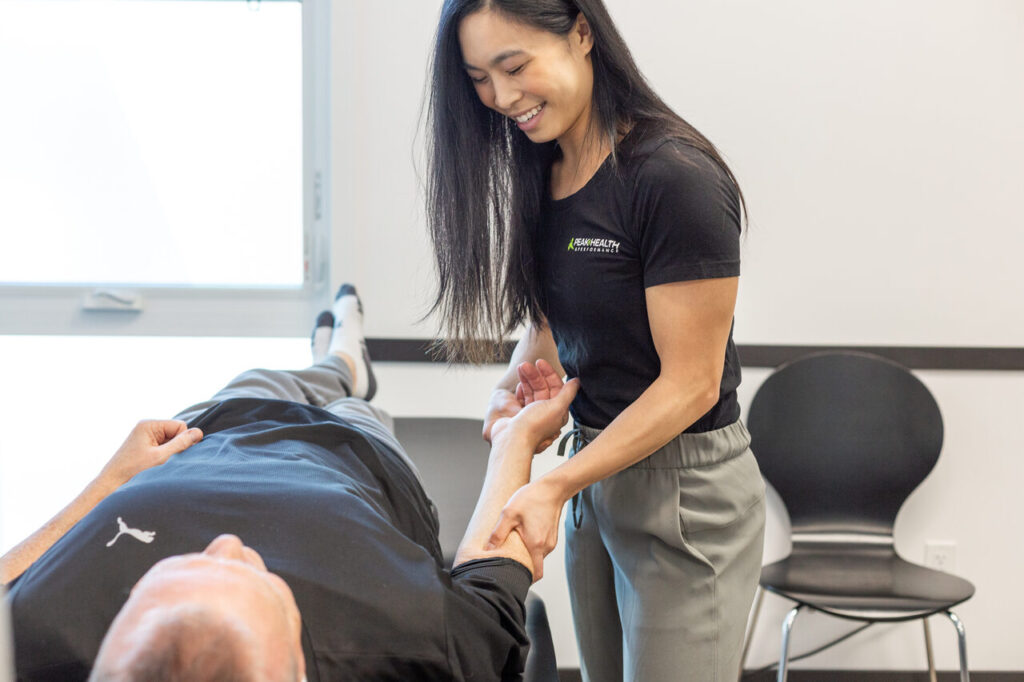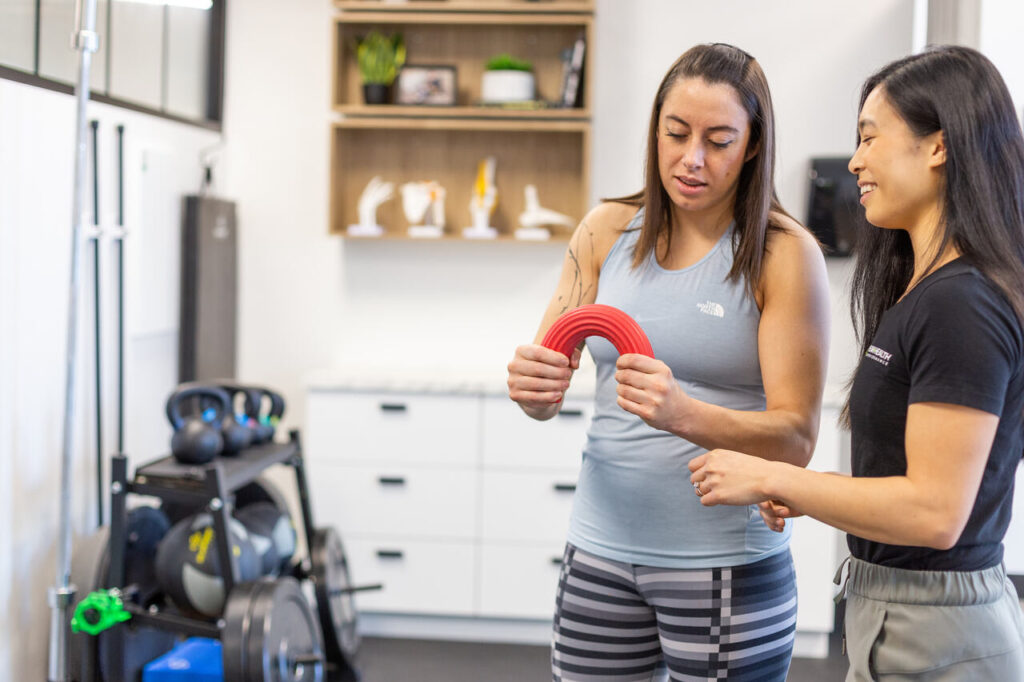Written by Dr. Kevin Fox-Chen
Climbing may be a full body sport, but the most common injuries sustained involve the upper body. This generally includes injuries to the shoulder, elbow, wrist or hand. Whether you’ve struggled with an injury for the past few seasons or have a new one that you’ve been unable to bounce back from, a chiropractor or physiotherapist is well versed to get you back on track!
What Is The Most Common Hand Injury in Climbing?
The most common injury in climbing is a finger pulley sprain. Finger pulleys are the annular (ring shaped) ligaments that wrap around the bones in our hands and keep tendons strapped down while allowing them to glide back and forth.
Other common hand injuries include tendinopathies or tenosynovitis.
What Causes Finger Pulley Injuries?
Evidence suggests that volume, not necessarily intensity, of climbing contributes the most to pulley injuries or even climbing injuries in general. Climbing athletes find themselves going back for “one last go” while working on a project even though we likely should have packed it in many attempts earlier. Finger pulleys, like any other tissue in the body, respond to load (they are trainable!) but also require rest to adapt properly. If you’re climbing at your max, ensure your sessions are short and/or you take significant rests between attempts.
How Long Do Pulleys Take To Heal?
Like all injuries, this depends on the location and severity of the sprain. A general guideline is that an incomplete tear will take 6 weeks to heal if everything is done correctly. This includes stress reduction, good nutrition and progressive, graded functional loading of damaged tissues. For a complete rupture, it may take significantly longer.
How Can a Chiropractor or Physiotherapist Help With Your Finger Injury?
A chiropractor or physiotherapist is able to perform a comprehensive history and physical exam to determine which structures are injured, what the degree of the injury is and give you a roadmap to recovery.
A program of care will provide you with expectations for how fast you can get back to pulling on plastic or rock and optimize your recovery as well as help prevent future injury!
How Do I Prevent Finger Pulley Injuries?
Specific warming up, cooling down and load management. Are you working a 45 degree crimp fest on the kilterboard five days a week with 3 hour sessions? Talking through your training schedule with a professional may be a good idea to get a second set of eyes on just how much load (and rest!) you’re giving your body.
In Summary…
Appropriate diagnosis and treatment of hand and pulley injuries is your best bet for a rapid return to climbing and avoiding future injuries. One important takeaway from this is that if you believe that you have been following a timeline and you still haven’t felt improvement, the pulley injury may be a tendon or tendon sheath issue as these can present similarly! If you’re experiencing finger pain or hitting roadblocks to your recovery, consider booking an appointment HERE.

